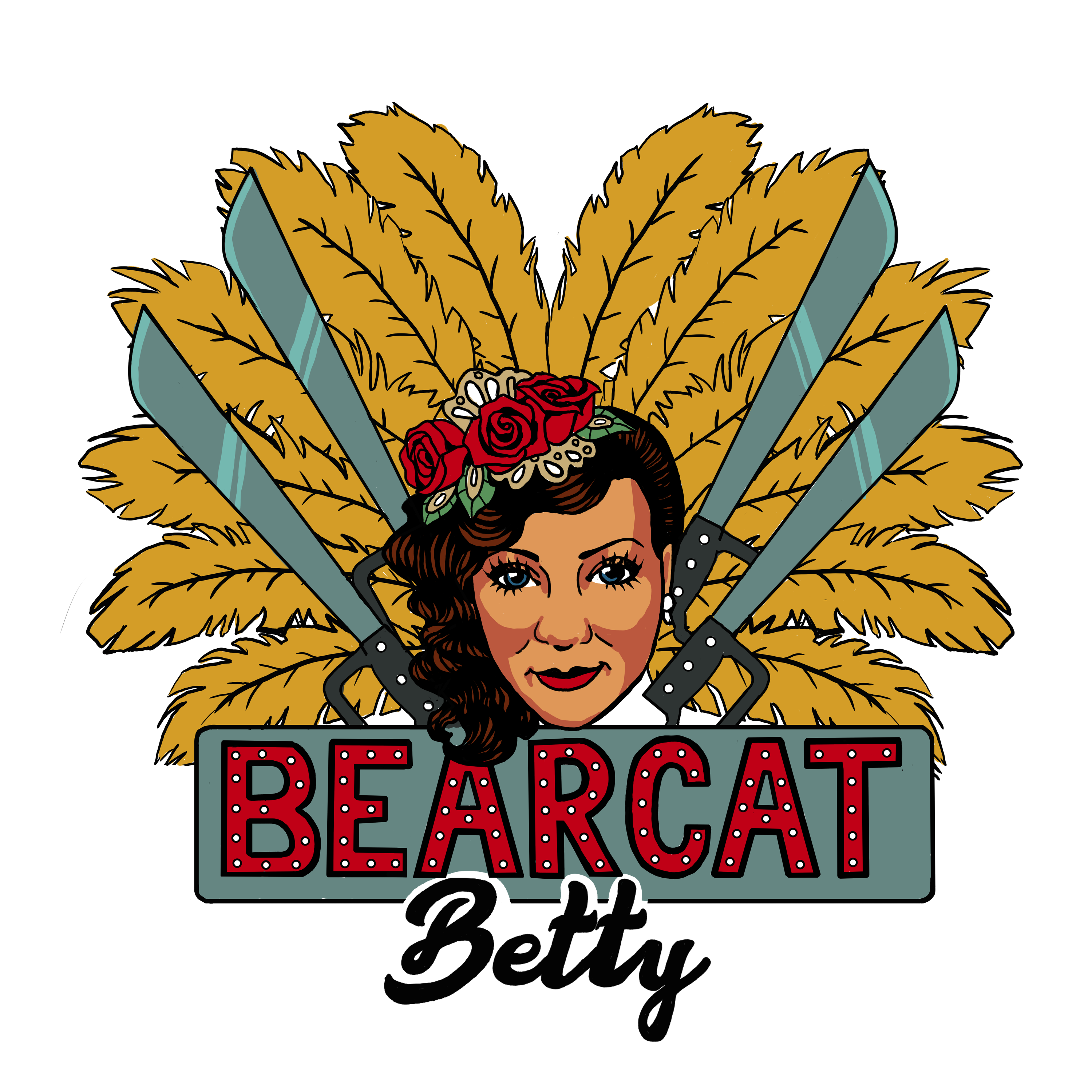Protected: Pasties
Published by Bearcat Betty
Bearcat Betty is a Frederick, Maryland based variety performer, specializing in burlesque and sideshow entertainment. Habitually voluptuous and rarely ferocious, she brings excessive humor and vigorous smiling to a stage or dressing room near you. Among her bladewalking and tassel twirling talents, she considers herself a chocolate milk connoisseur and has been in a lifelong battle with top shelves. She’s lavishly unique and unapologetically herself. Bearcat is a tacky treasure in a modern world. Bearcat Betty’s repertoire features classic and neo-Burlesque, as well as sideshow stunts. Exceptionally adequate, this Dame of Danger is capable of rope, chain and straitjacket escapes, bed of nails, ladder of swords, human blockhead, human cutting board, glass walking, animal traps, plate spinning and fire eating/breathing! She can also make balloon dogs, giraffe-like dogs and dogs with abnormally long tails. View all posts by Bearcat Betty
